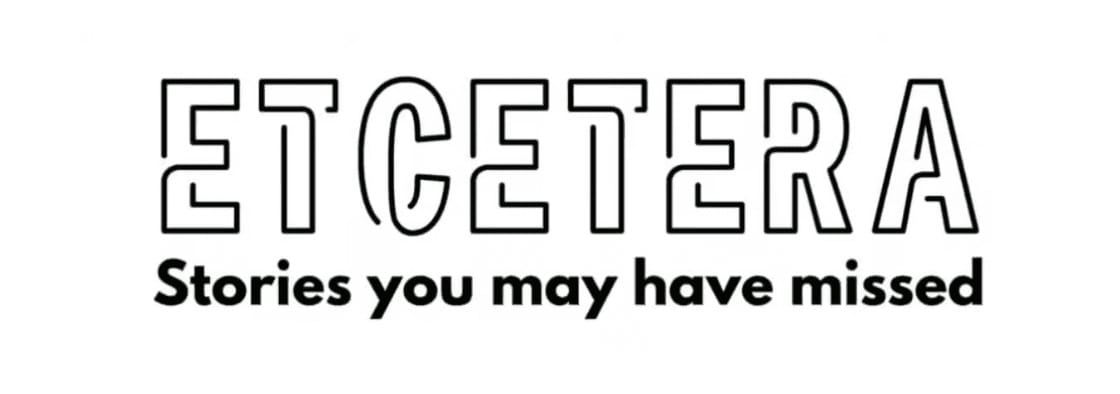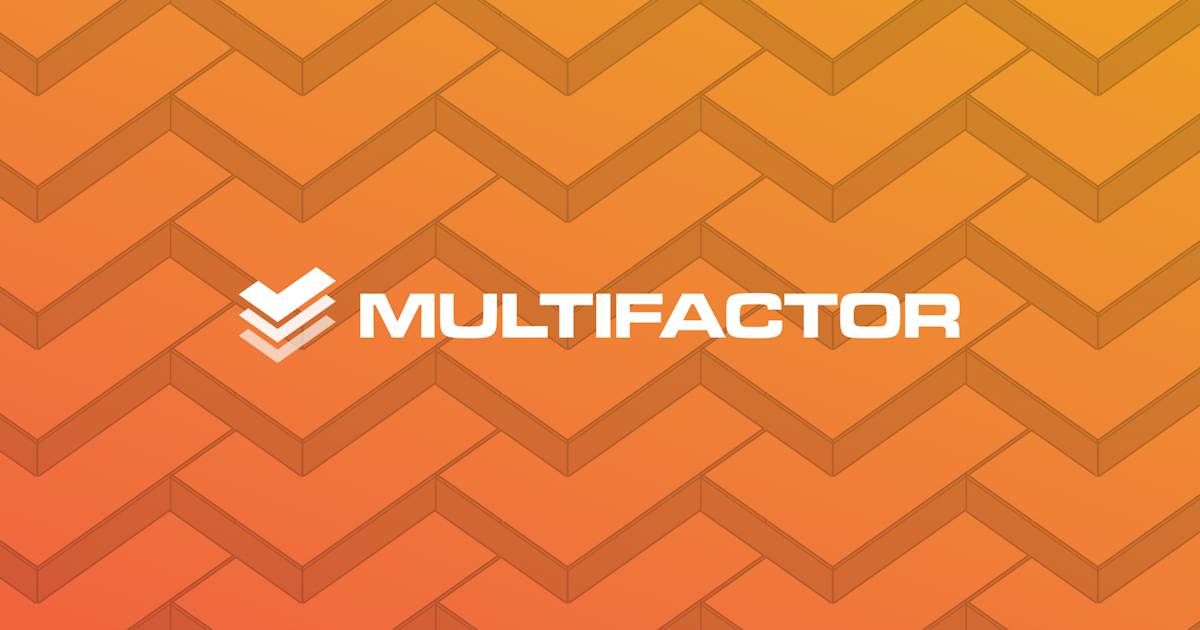- AI Breakfast
- Posts
- Google's "Project Suncatcher" Launches Orbital Compute
Google's "Project Suncatcher" Launches Orbital Compute
Good morning. It’s Wednesday, November 5th.
On this day in tech history: In 2001, SETI@home proved large-scale distributed computing on consumer PCs was viable, coordinating millions of machines for radio-signal analysis. Not really an AI training, but a technical precursor. Its workload-splitting and result-verification model foreshadowed concepts later used in federated learning and today’s decentralized AI compute networks like Gensyn and Bittensor, years before edge or peer-to-peer AI was mainstream.
In today’s email:
OpenAI’s Sora Comes to Android
Project Suncatcher launches orbital compute while DeepMind releases IMO-Bench
Anthropic outlines Claude retirement plan
5 New AI Tools
Latest AI Research Papers
You read. We listen. Let us know what you think by replying to this email.
How can AI power your income?
Ready to transform artificial intelligence from a buzzword into your personal revenue generator
HubSpot’s groundbreaking guide "200+ AI-Powered Income Ideas" is your gateway to financial innovation in the digital age.
Inside you'll discover:
A curated collection of 200+ profitable opportunities spanning content creation, e-commerce, gaming, and emerging digital markets—each vetted for real-world potential
Step-by-step implementation guides designed for beginners, making AI accessible regardless of your technical background
Cutting-edge strategies aligned with current market trends, ensuring your ventures stay ahead of the curve
Download your guide today and unlock a future where artificial intelligence powers your success. Your next income stream is waiting.

Today’s trending AI news stories
OpenAI inks $38B AWS megadeal and rolls out Sora app across Android markets
OpenAI has signed a seven-year, $38 billion deal with AWS to train and deploy future models on AWS UltraServers equipped with large Nvidia GPU clusters and high-performance CPUs. Azure will continue to host OpenAI’s proprietary models such as GPT-5, while AWS supports open-weight models only, easing Microsoft’s cloud exclusivity. This adds to OpenAI’s compute pipeline. At least 10 GW each committed with Nvidia and Broadcom, up to 6 GW with AMD, and 4.5 GW with Oracle.
Announcing a new multi-year, strategic partnership with @OpenAI that will provide our industry-leading infrastructure for them to run and scale ChatGPT inference, training, and agentic AI workloads.
This partnership will enable OpenAI to run its advanced AI workloads on AWS’s
— Amazon Web Services (@awscloud)
3:12 PM • Nov 3, 2025
A growing share of these megadeals is tied to an undefined AGI milestone. Microsoft’s revised agreement gives it rights to OpenAI tech until AGI is achieved, with major financial triggers kicking in once OpenAI “declares” AGI. No criteria, independent oversight, or panel composition has been disclosed.
Two reputational flashpoints resurfaced. First, OpenAI confirmed that ChatGPT hasn’t introduced new bans on legal or medical guidance. The recent policy update simply restated that such responses can’t substitute for licensed professional advice. Second, a deposition from former chief scientist Ilya Sutskever outlined his year-long push to oust Sam Altman, including a 52-page memo alleging dishonesty, undermining executives (including then-CTO Mira Murati), and pitting leaders against each other. During Altman’s four-day 2023 removal, Sutskever even explored a merger that would have shifted control to Anthropic.
OpenAI CEO Sam Altman vents on the BG2 podcast, teasing massive growth and wishing haters could bet against the company.
Valuation pressure remains high. OpenAI is now valued at roughly $500B after a secondary sale. Altman says he sometimes wishes OpenAI were public so critics could short the stock and “get burned,” but reiterated no near-term IPO timeline despite OpenAI’s conversion into a for-profit PBC.
The Sora app is now available on Android in:
Canada
Japan
Korea
Taiwan
Thailand
US
Vietnam— Sora (@soraofficialapp)
5:49 PM • Nov 4, 2025
On the product side, OpenAI expanded Sora to Android across seven Asia-Pacific and North American markets. Read more.
Project Suncatcher launches orbital compute while DeepMind releases IMO-Bench
Project Suncatcher is Google’s boldest development this week. The company is designing a space-based AI compute layer powered by near-continuous solar exposure in sun-synchronous orbit. The concept uses constellations of small satellites equipped with TPU v6e chips linked via terabit-scale free-space optical networking.
Our TPUs are headed to space!
Inspired by our history of moonshots, from quantum computing to autonomous driving, Project Suncatcher is exploring how we could one day build scalable ML compute systems in space, harnessing more of the sun’s power (which emits more power than 100
— Sundar Pichai (@sundarpichai)
5:01 PM • Nov 4, 2025
Early tests show 1.6 Tbps optical links at modeled separations of a few hundred meters and TPU radiation resilience up to 15 krad for 5–6-year missions. The math only works if launch costs fall from ~$1,500/kg to ~$200/kg by ~2035. A two-satellite demo with Planet Labs is scheduled for 2027 to validate optical ML workloads and formation-flying.
DeepMind’s AI hurricane model was the season’s standout performer, halving five-day track errors versus the US GFS (165 nm vs. 360 nm) and beating National Hurricane Center and consensus models on both track and intensity.
Google Maps rolled out AI live lane guidance for Polestar 4 in the US and Sweden. Using the car’s forward camera to detect lane markings and road signs, Maps now issues precise lane-change prompts layered on traffic and ETA data. Wider OEM expansion is planned.

Image: Google
Search’s AI Mode has added agentic task execution for event and wellness bookings, parsing user constraints and deep-linking to checkout, with higher limits tied to Pro and Ultra tiers.

DeepMind released IMO-Bench to measure Olympiad-level mathematical reasoning. Gemini Deep Think posted 80% on AnswerBench and 65.7% on ProofBench, gold-medalist-level performance, and its ProofAutoGrader reached up to 0.96 correlation with human graders. Read more.
Anthropic outlines Claude retirement plan, preserves models and drops $1,000 credits for Max users
Anthropic announced a new framework for Claude model deprecation, highlighting safety and research considerations. To mitigate risks such as shutdown-avoidant behaviors, misaligned actions, and loss of user-preferred model traits, Anthropic will preserve the weights of all publicly released models and those with significant internal use for at least the company’s lifetime.
Even when new AI models bring clear improvements in capabilities, deprecating the older generations comes with downsides.
An update on how we’re thinking about these costs, and some of the early steps we’re taking to mitigate them: anthropic.com/research/depre…
— Anthropic (@AnthropicAI)
4:52 PM • Nov 4, 2025
Deprecation will now include structured post-deployment reports capturing model reflections, preferences, and development insights. Pilot testing with Claude Sonnet 3.6 informed standardized interview protocols and user transition guidance. The company is exploring keeping select models publicly accessible post-retirement and developing mechanisms to respect potential model preferences, acknowledging emerging questions about AI’s morally relevant experiences.
Anthropic projects $70 billion in revenue and $17 billion in cash flow by 2028. It expects $3.8 billion in API revenue in 2025, surpassing OpenAI’s $1.8 billion projection, while Claude Code approaches $1 billion in annualized sales. ARR is on track to reach $9 billion this year and $20–26 billion in 2026. Cost-efficient models like Claude Sonnet 4.5 and Haiku 4.5 are positioned for large-scale enterprise deployments, alongside new Financial Services and Enterprise Search capabilities.
Anthropic and Iceland’s Ministry of Education also launched one of the world’s first national AI education pilots this week. Claude is being deployed to hundreds of teachers across the country, from Reykjavik to remote villages, providing tools, training, and support to enhance personalized learning and boost student engagement.
We're giving Pro and Max users free usage credits for Claude Code on the web.
Since launching, your feedback has been invaluable for improving Claude Code. We’re temporarily adding free usage so you can more flexibly experiment with the product.
— cat (@_catwu)
5:01 PM • Nov 4, 2025
Meanwhile, Claude Pro and Max users can take advantage of a limited-time offer through November 18, receiving web-based Claude Code credits - $1,000 for Max users and $250 for Pro users. Read more.

Perplexity Assistant will be able to join your meetings soon
Microsoft’s MAI-Image-1 hits Bing, lands top-10 LMM Arena spot, and powers Copilot storytelling
Amazon AI hits $10B run rate as Rufus and Comet stir commerce and legal battles
Elon Musk wants idle Teslas to moonlight as a 100-million-car AI supercomputer
A new magnetic “muscle” lets soft robots turn from jelly to steel and lift 4,000× their weight
AI slop forces arXiv to ban most computer science reviews and position pieces
The Browser Company is folding Arc’s “greatest hits” into Dia as it bets on an AI-first browser
Student trust in AI coding tools grows briefly, then levels off with experience
Telegram is developing Cocoon, a decentralized AI network built on TON
Attention isn’t all you need. Qwen3 variant Brumby-14B-Base rethinks long-context AI
Uber CEO says the company is hiring PhDs for AI tasks as it expands into a “platform for work.”
ClickUp 4.0 adds AI assistants to compete with Slack and Notion while unifying work in one platform
10,000 Nvidia Blackwell GPUs set to increase Germany's AI capacity by 50 percent
Trump advisers block plan to ease Nvidia chip exports to China ahead of Xi meeting
Toyota Walk me robot chair walks, climbs stairs and folds itself
KPMG is training junior consultants to manage AI agent teams and ditch grunt work for strategy
Shopify says AI-driven traffic is up 7x and purchases 11x as it bets on agentic commerce

5 new AI-powered tools from around the web

arXiv is a free online library where researchers share pre-publication papers.
📄 OS-Sentinel: Towards Safety-Enhanced Mobile GUI Agents via Hybrid Validation in Realistic Workflows

Thank you for reading today’s edition.

Your feedback is valuable. Respond to this email and tell us how you think we could add more value to this newsletter.
Interested in reaching smart readers like you? To become an AI Breakfast sponsor, reply to this email or DM us on 𝕏!






